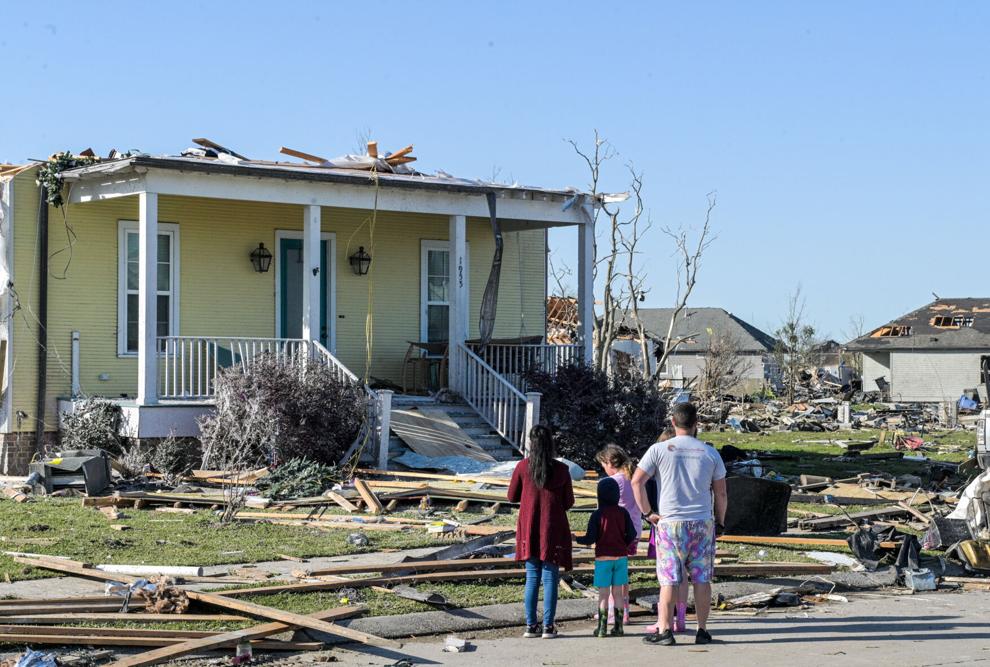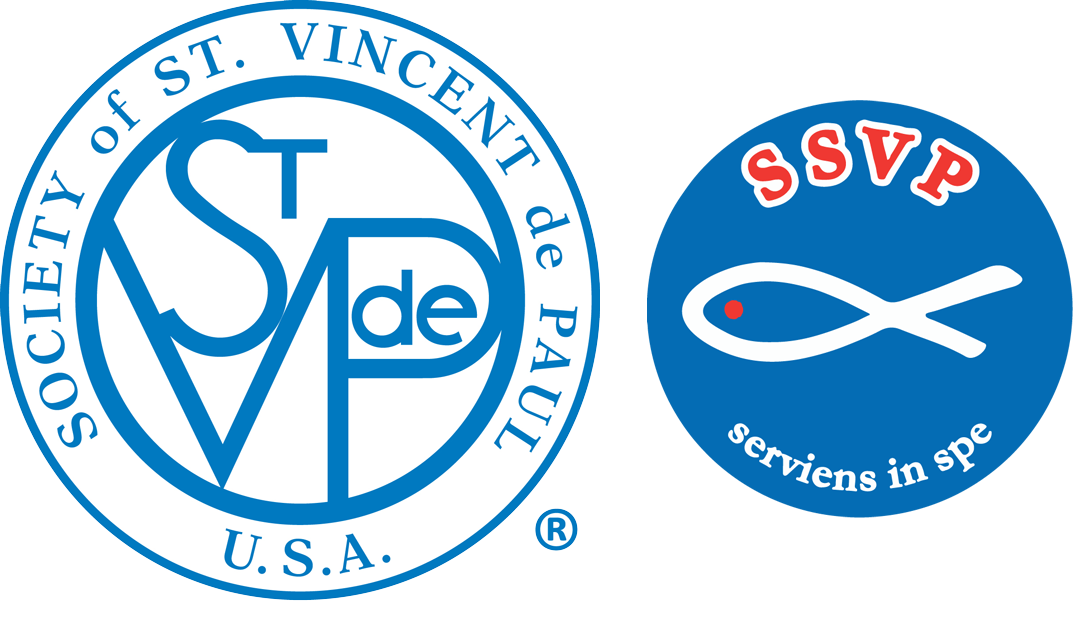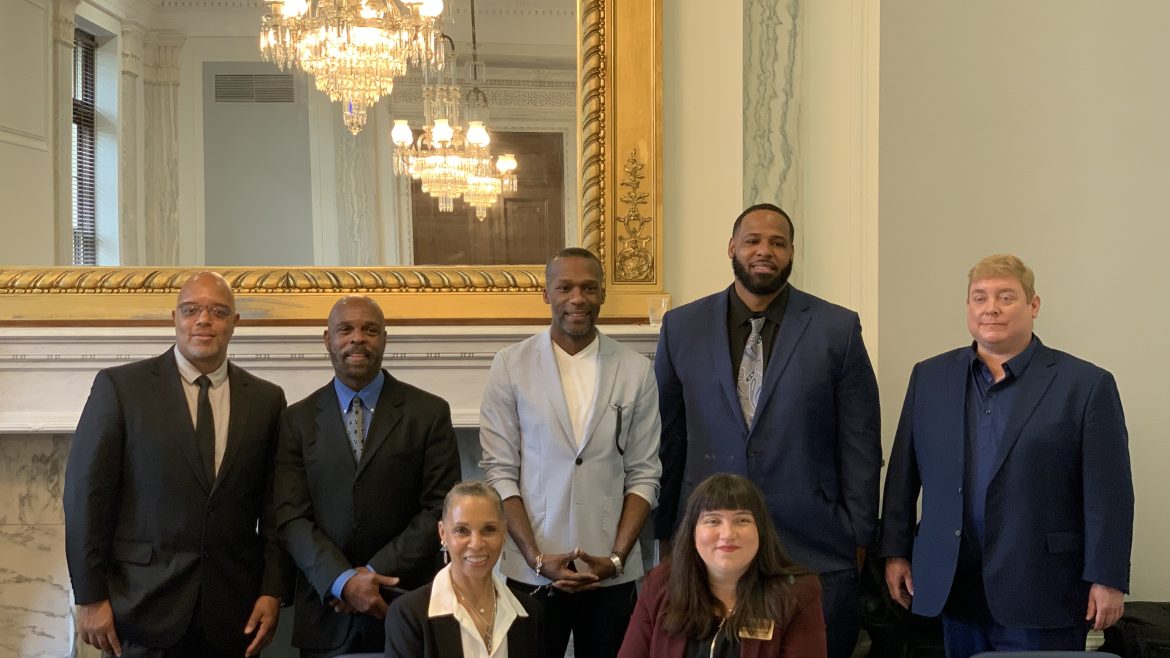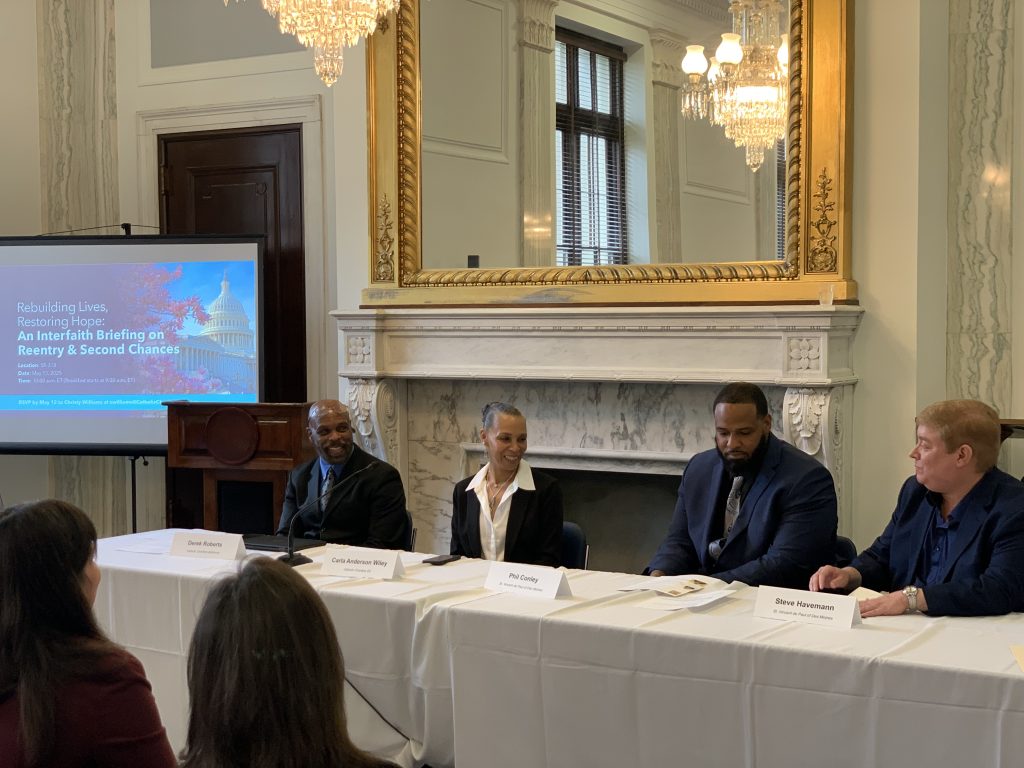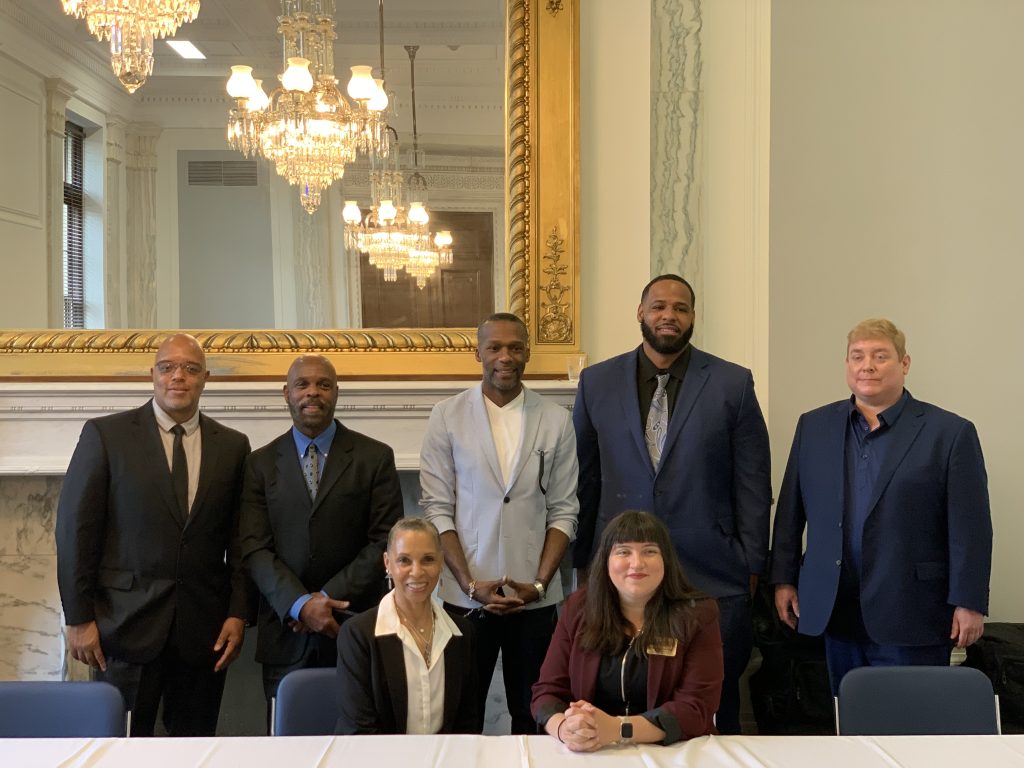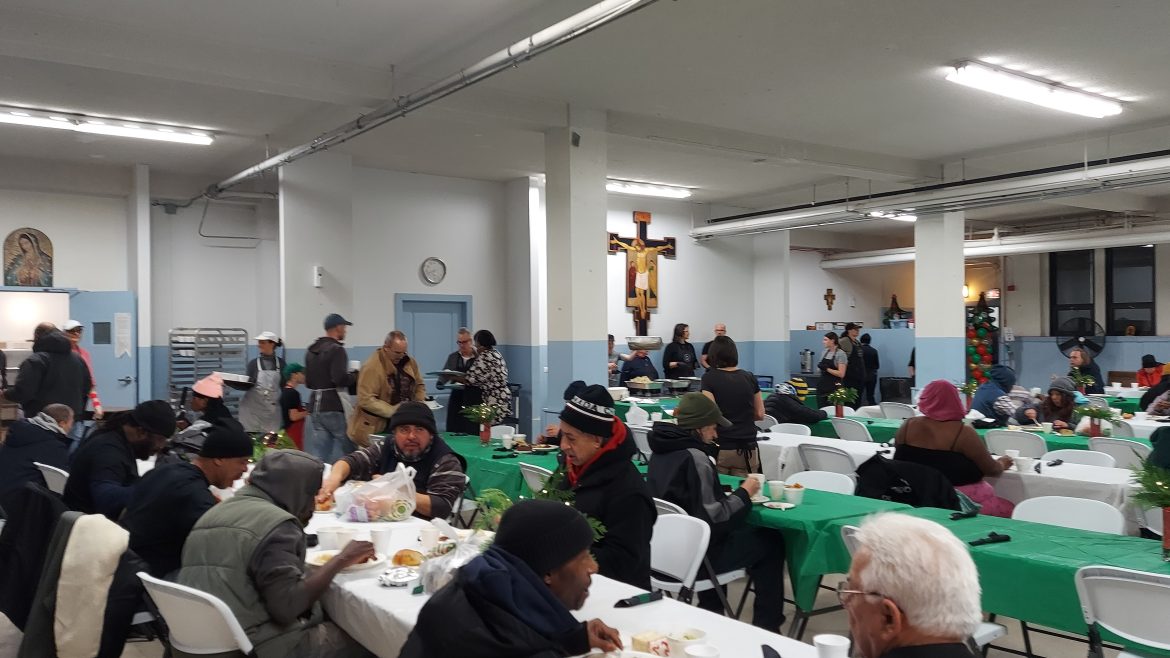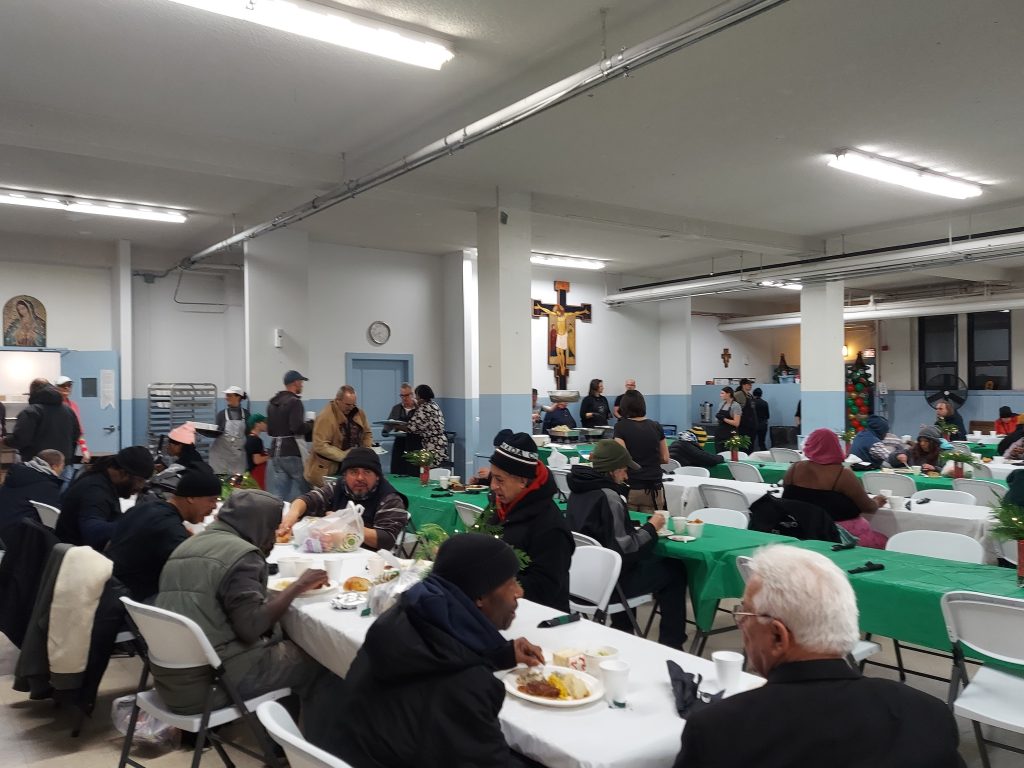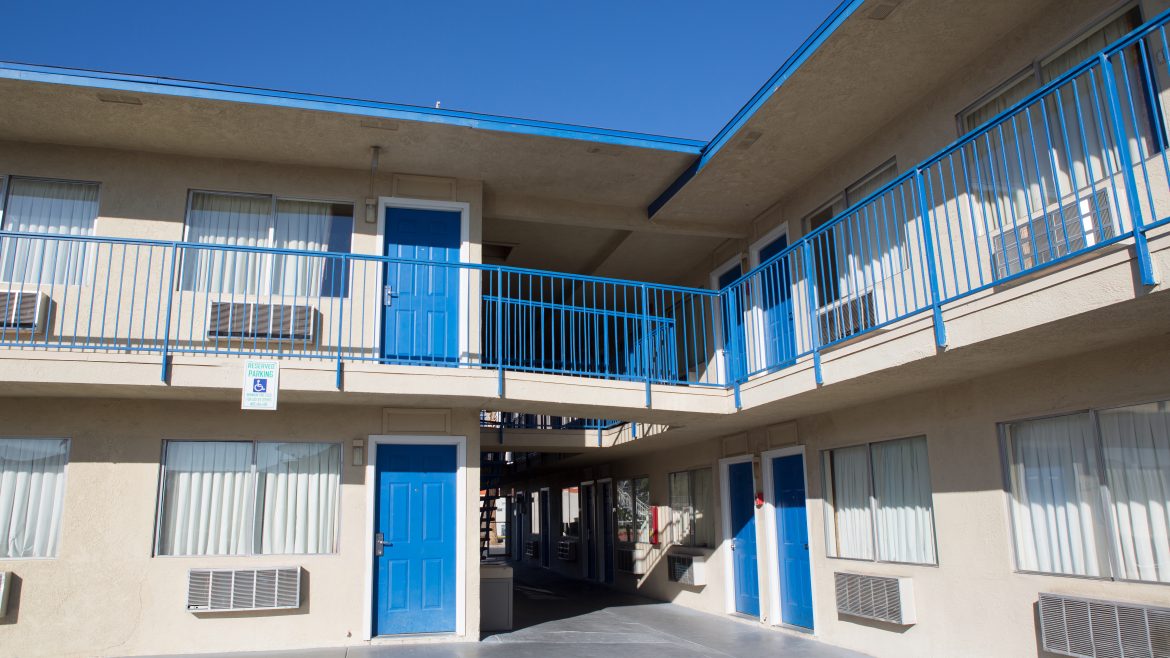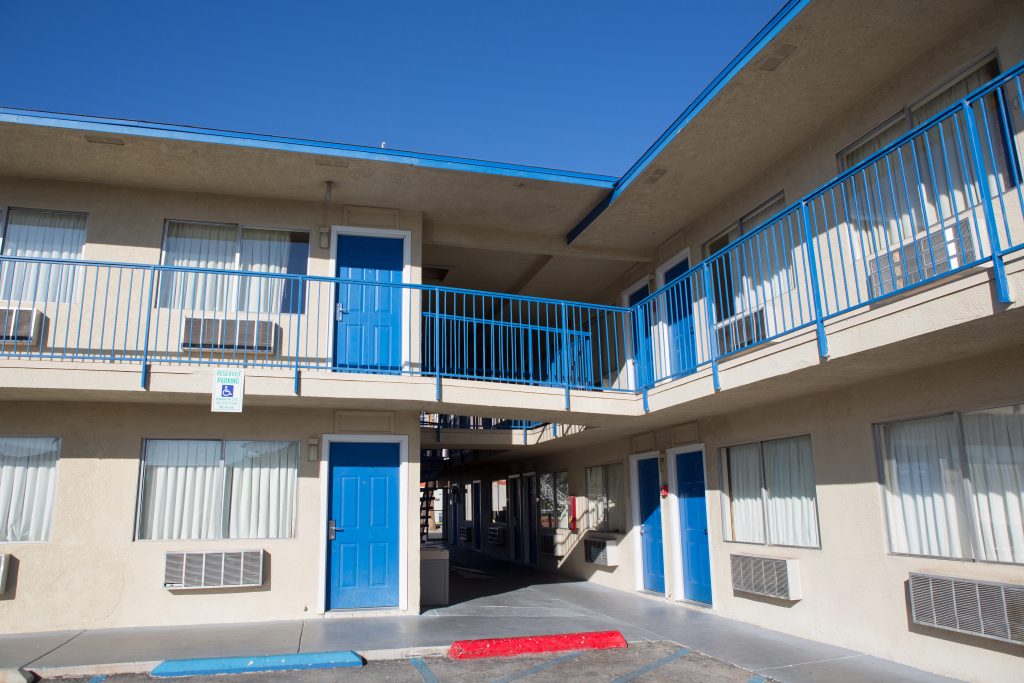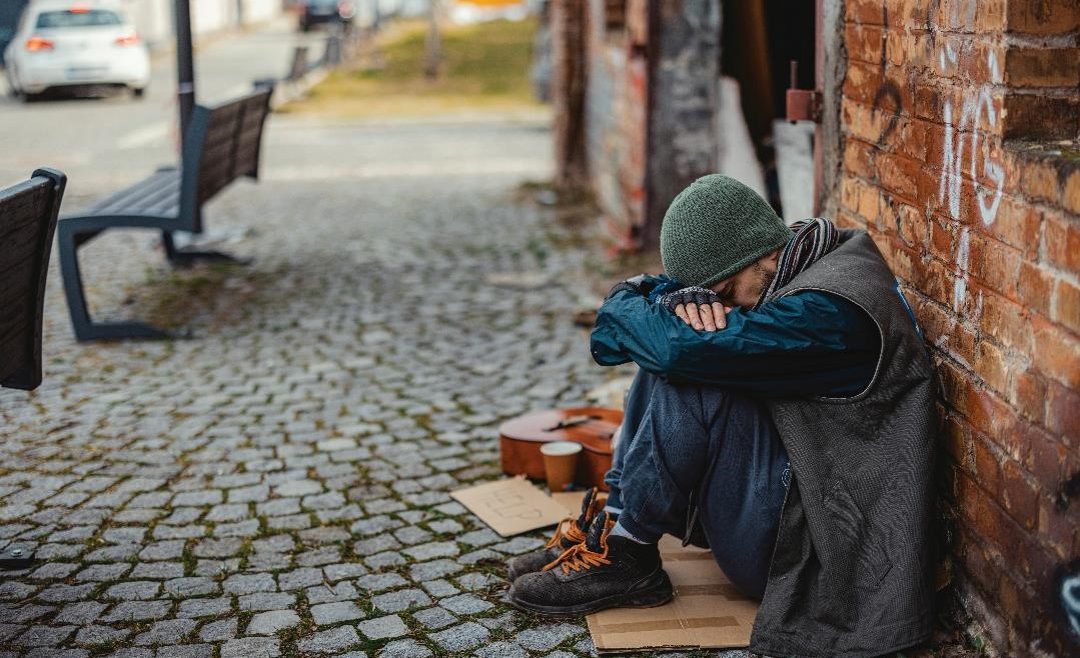St. Vincent de Paul’s House in a Box™ Unpacks Healing
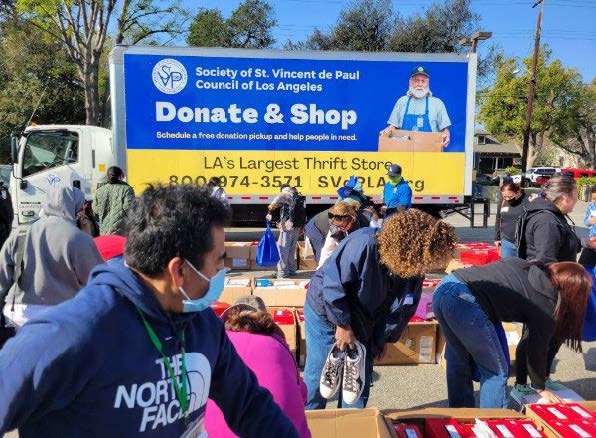
Walking amid the ashes and ruins of the wildfires in January, Ana Gonzalez could feel the anguish of families who were now homeless. Gonzalez, with the Society of St. Vincent de Paul, was there to offer comfort, hope, and something else.
For 20 years, the Society of St. Vincent de Paul’s disaster relief organization, Disaster Services Corporation (DSC), has provided victims of natural disasters with new furniture and other material needs through a program with an appropriate name: House in a Box™ . Born in the aftermath of Hurricane Katrina in 2005, the Catholic lay charitable organization and the Vincentian volunteers who run it have worked with victims of tornadoes in the Midwest, hurricanes along the East and Gulf coasts, and fires like the historic ones that ripped through southern California.
When disaster strikes, insurance may help rebuild a new home, but it often fails to cover the cost of refurnishing. For those living on the edge already, that’s a cost they often can’t bear. House in a Box™ allows families the opportunity to make a home livable again.
House in a Box™ is just that – a box of furniture and other goods that arrives on their doorstep. Each House in a Box™ package includes beds, linens, dishes, cookware, dressers, silverware, bathroom essentials, dining sets, and a comfortable couch.
“(You see) the joyful gasp on someone’s face when they see this literal box of things that they never thought that they would have a chance to receive as they try and rebuild their lives,” said Gonzalez, the Vincentian Services Members Coordinator for SVdP in Los Angeles.
“You see that vulnerability, that gratitude.”
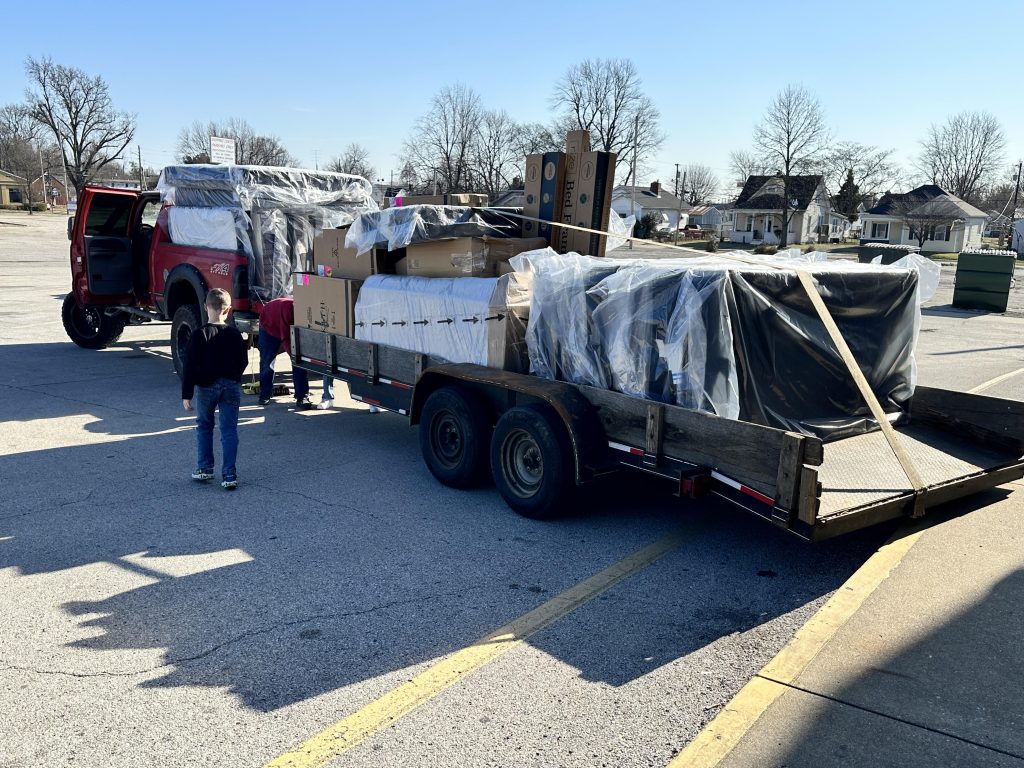
‘Beds for Everyone’
The program’s launch point happened in 2005 after Hurricane Katrina., This led to what DSC Chief Operating Officer Kevin Peach said was likely the largest resource mobilization effort in Vincentian history.
“House in a Box came out of Hurricane Katrina, out of that need, and that gap that the Society filled,” said Peach.
“Twenty years later, it has evolved dramatically to the point where we are now partnering with some of the largest corporations in America. We work closely with Amazon Business (and) Walmart, and we’ve also been approached by businesses like Wayfair who want to work with the Society.”
DSC has now streamlined and improved House in a Box™ to better meet families’ specific needs at no charge, but with a donated value of at least $3,400 per “box” and often much more according to a local SVdP Council leader.
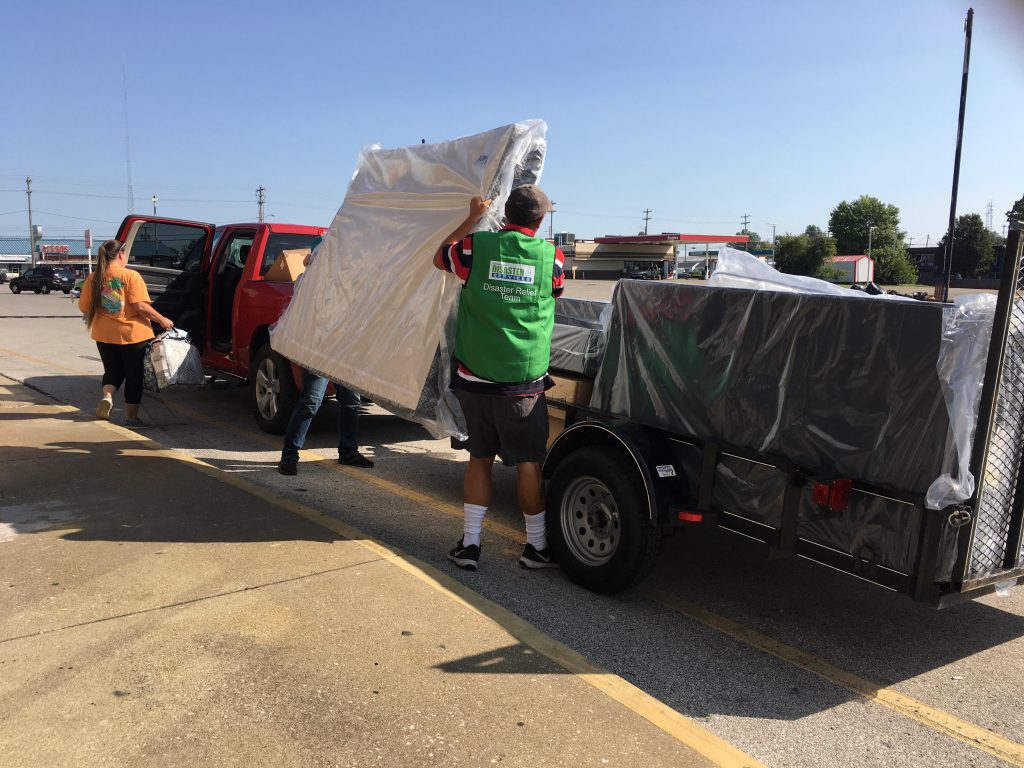
The human element
SVdP’s programs also open the doors for struggling neighbors to have options – a reclaiming of dignity that many in such situations rarely receive.
“Not all disasters, communities or households are the same. After Hurricane Helene last year, the biggest request by folks in Tennessee was vacuum cleaners,” Peach said. “They wanted to make sure that their children had clean carpets and floors to play on. Folks in Louisiana had air conditioners as the number one requested item.”
“The children can pick different types of bed sheets. The adults can pick different colors of the sofa they want,” Peach said.
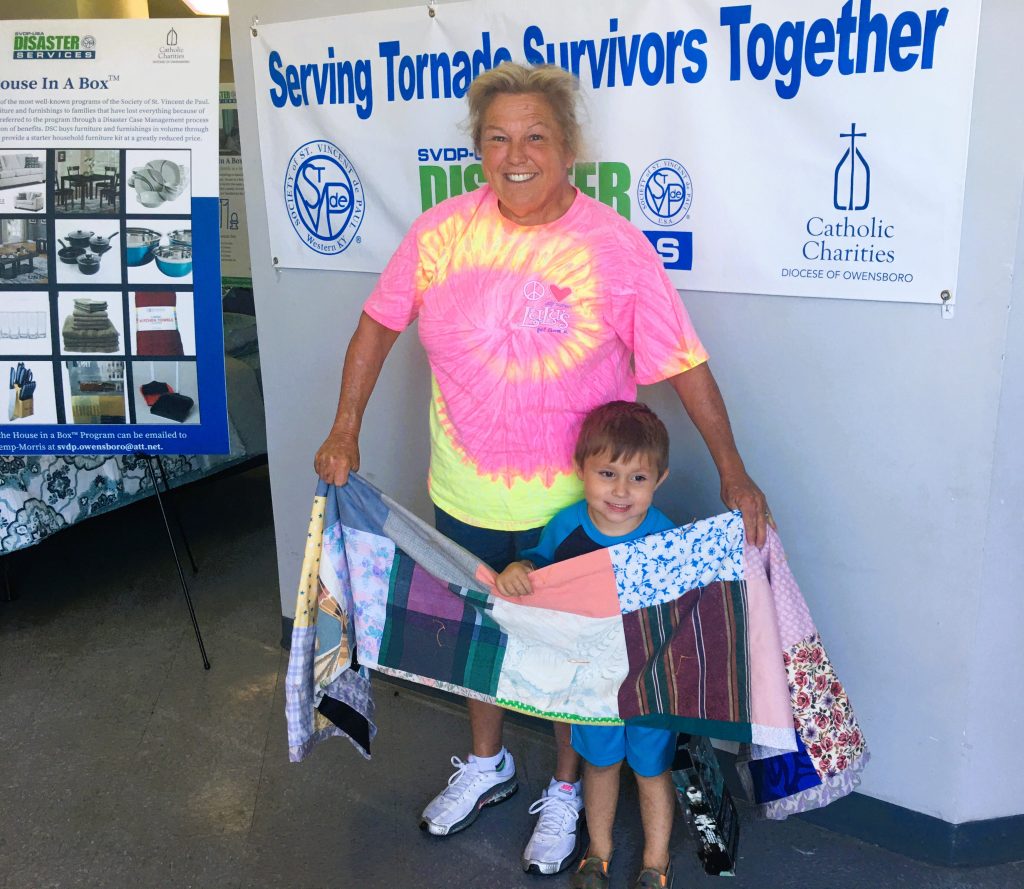
“Instead of being prescriptive, where everyone gets the same thing, we really brought in that human element so that they had more choice in the program.”
Time becomes the other critical element to the House in a Box™ formula.
“[Families] don’t have to wait months and months for us to find a local warehouse, staff it, and then have items shipped in and distributed,” said Peach. “We’ve had scenarios in Tennessee where a survivor would apply for the program and within 24 hours, they would have all 45 products delivered to their front door. You can’t put a price on that.”
SVdP supports families through long term recovery so they can rebound back stronger. For so many families, this campaign of Christ’s love became the difference maker in helping families build a workable “new normal.”
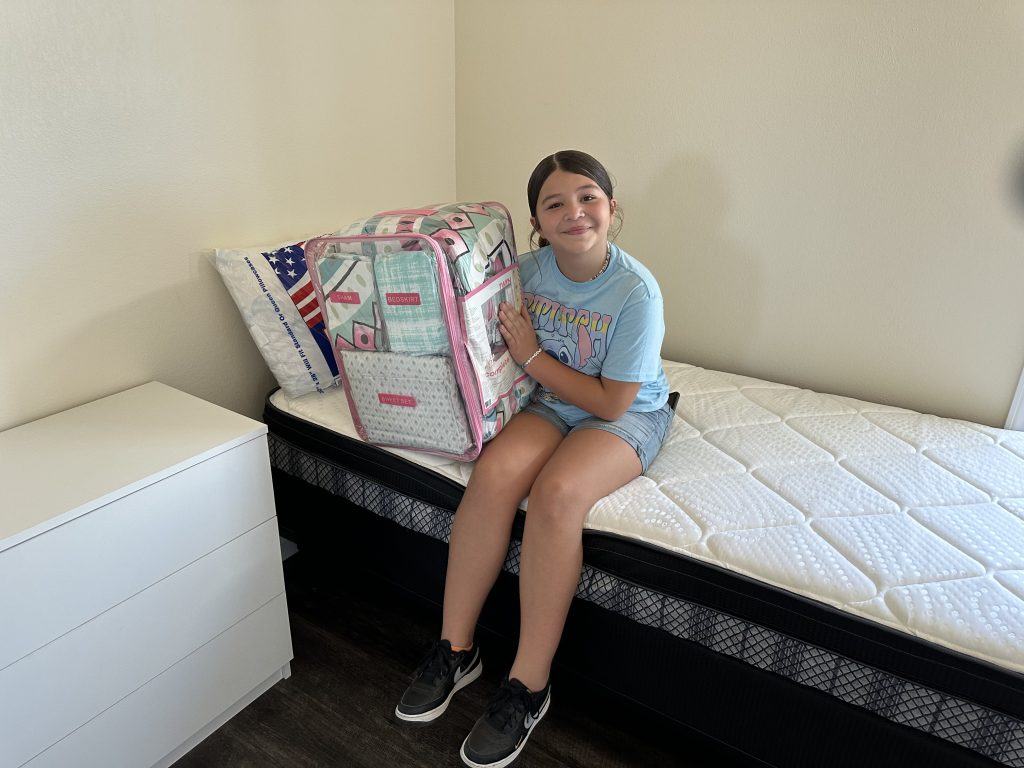
“We got flooded with pictures when children’s bedrooms were set up with House in a Box. One family said, ‘All of a sudden they heard their daughters down the hallway playing again, laughing again, that hope that’s instilled in the beauty of recovery.’” said Richard Remp Morris, CEO of the Society of St. Vincent de Paul of Western Kentucky.
“They really felt like there was a renewed belief, a sense in, ‘We’re going to rebuild and be better.’”
DSC estimates that between the tornadoes of Western Kentucky in 2021, Hurricanes Helen and Milton in 2024, and the Los Angeles-area wildfires of 2025, Vincentians empowered more than 2,100 families with hope through House in a Box™.
For more information, visit www.svdpdisaster.org.
